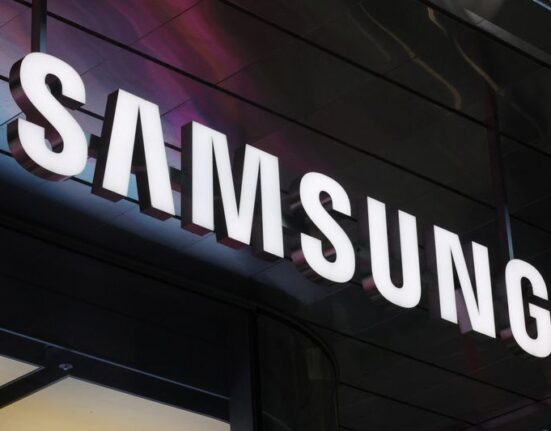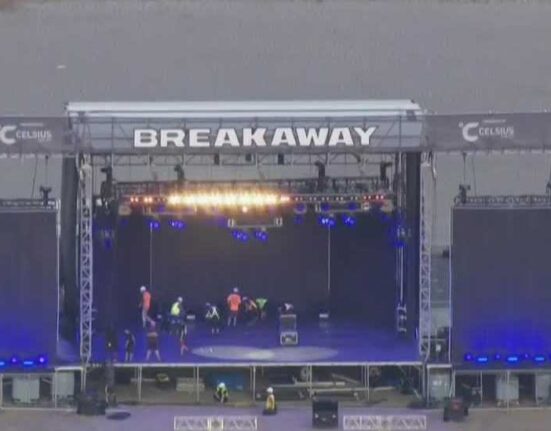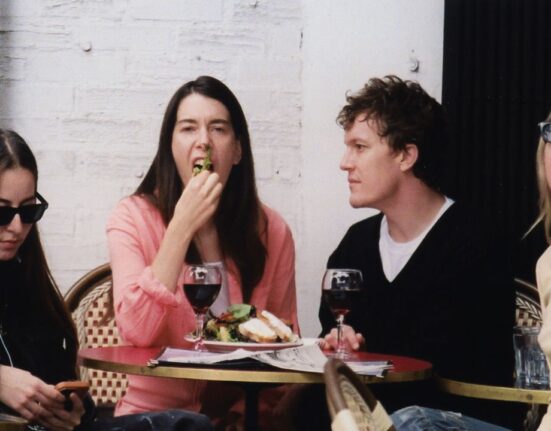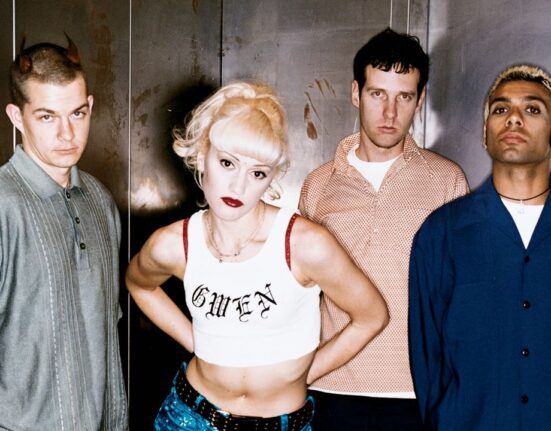The Royal BC Museum’s Beyond the Beat: Music of Resistance and Change exhibit centres on protest music throughout the decades, boasting a wide range of paraphernalia—from Neil Young’s harmonica to the jacket of Public Enemy’s Chuck D. The goal of the exhibit is to illustrate how music functions as a catalyst for social change and collective action. It explores the many ways music has inspired resistance and how artists have used their platforms to voice different messages.
The exhibit delves into the artists behind the movement, the causes they supported, and the broader themes their music addressed, according to Royal BC Museum vice president of research and collections Jodie Giesbrecht.
“Everything from women’s rights to racial justice to Indigeneity and colonialism [and] climate change,” says Giesbrecht. “A range of different genres of music is included. There’s rap, hip hop, there’s rock ‘n’ roll, there’s pop. And the show really spans generations as well. So, I think there’s really a lot for everybody, no matter what your musical taste is.”
The artifacts come from across Canada and the US, including the Rock and Roll Hall of Fame in Cleveland, the Museum of Pop Culture in Seattle, and the National Music Centre in Calgary. Some were not previously displayed to the public.
“You’ll see a lot of items that are actually direct loans from different bands and different artists,” explains Giesbrecht. “So, that was really cool, getting to interact with some of these personalities, sharing those personal memories. We’re really grateful that they were willing to lend us their instruments and their clothing.”
The exhibit includes music and movements from both past and present, giving visitors a comprehensive look at how resistance through art has evolved. From the civil rights anthems of the 1960s to contemporary tracks addressing police violence, gender equality, and climate change, protest music remains a powerful form of expression.
“I think a lot of songs used to be, perhaps, more overt political messaging,” says Giesbrecht. “Whether that was opposition to the Vietnam War, for example, or music in support of the civil-rights movement. And, I think, what we see today, is artists are still protesting and they’re protesting things like racial injustice. But the way in which they’re doing so is a little bit different. A lot of artists are challenging social boundaries in terms of who they are and what they wear. And it’s more of an in-your-face form of protest. So, I think, the way that people are addressing these issues has definitely changed over time. But the majority of these issues have remained remarkably similar.”
Indeed, societal discontent has taken on many different forms throughout the decades. As audiences change, so do the methods of resistance and the messages artists emphasize.
“I think, if you look at older forms of protest music from the ’50s and ’70s, focused on broader external social issues or events, such as the war in Vietnam or broader working-class discontent, and I think in more recent times a lot of issues stem more around identity,” says Giesbrecht. So, whether that’s LGBTQ+ rights or other issues, related to colonialism. I think [we’re seeing] a little bit more identity-based protests… in recent years.”
Beyond the Beat: Music of Resistance and Change
Until Monday, January 5, 2026
Royal BC Museum
royalbcmuseum.bc.ca











Leave feedback about this